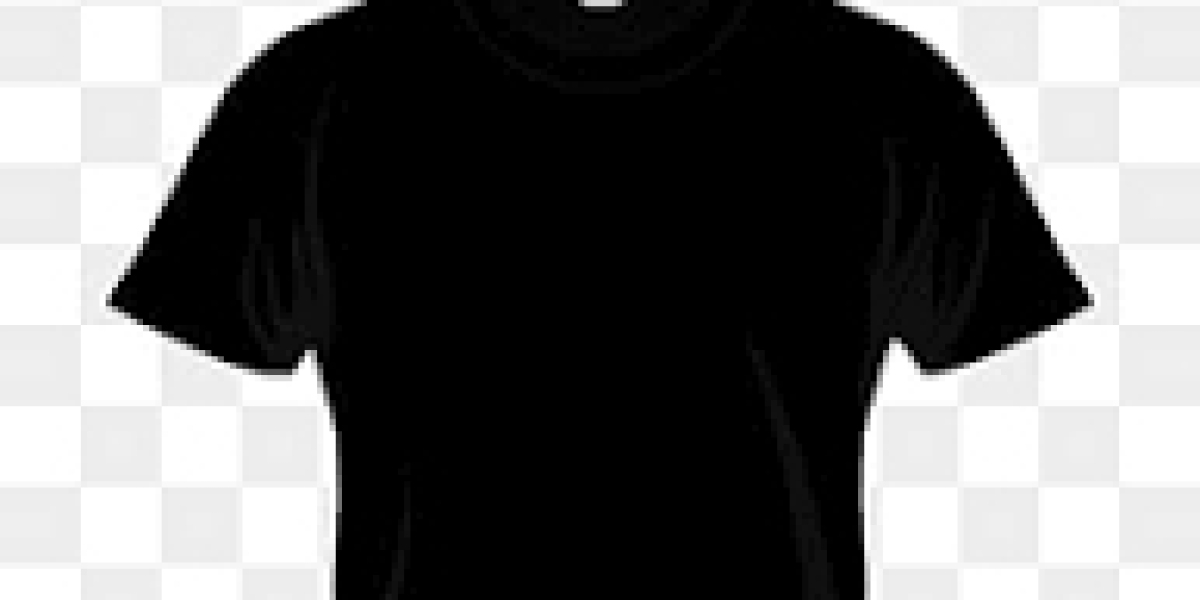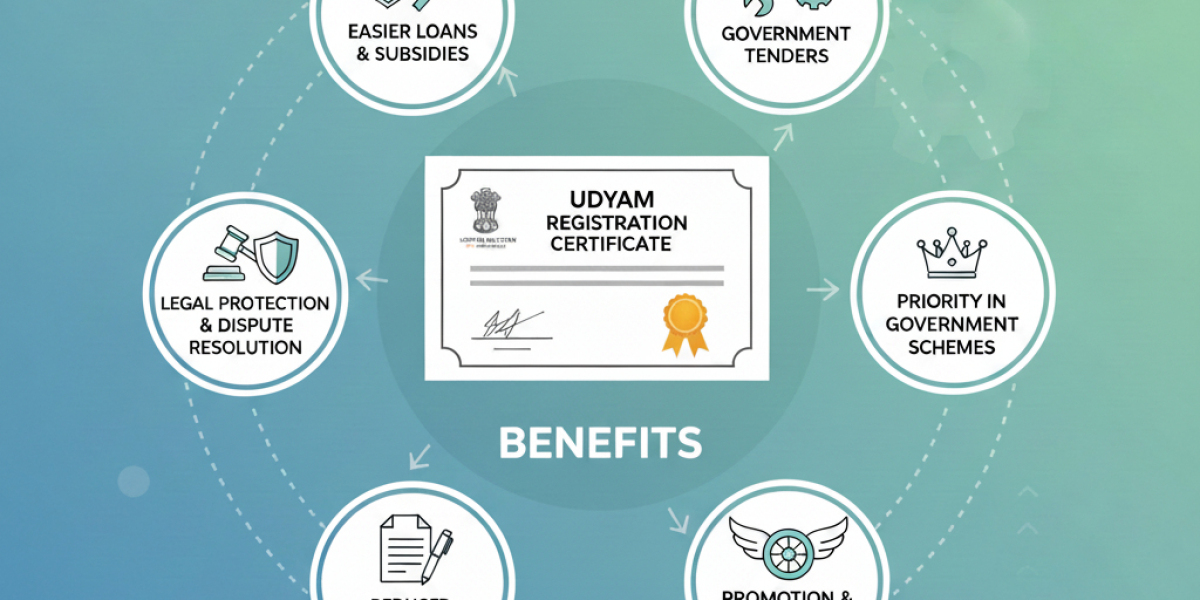Fashion is, by nature, a form of self-expression. It's a walking billboard of who we are, what we think, and how we want the world to perceive us. But in an age where clothing can speak louder than words, some garments scream—and not always in celebration.
Enter the controversial world of most offensive shirts designed to provoke. Not just provoke thought, but offend, challenge, and sometimes shock into silence. These aren't your average band tees or sarcastic slogans. These are the kinds of shirts that ignite arguments, get banned from schools, and even spark online boycotts.
So, what compels people to wear shirts that others find repulsive?
The Psychology Behind Shockwear
To understand the allure, it’s worth exploring the mindset behind wearing a shirt with an inflammatory message or graphic. For some, it’s about rebellion—a chance to reject social norms and flaunt taboo topics. Others see it as humor, albeit dark or controversial, a way of laughing at the world’s seriousness. And then there are those who do it simply because they can. Free speech, after all, is a powerful defense.
However, the line between freedom and offensiveness is razor-thin. What one person considers edgy and bold, another might find deeply disrespectful or even traumatizing.
Offensiveness as a Selling Point
It’s no secret that controversy sells. Entire brands have built their reputations on skirting the edges of decency. These companies know that a viral backlash can often be better marketing than a paid ad campaign. The moment a shirt gets banned, it becomes a badge of honor for those who thrive on being anti-establishment.
Ironically, banning or censoring a shirt often gives it more visibility. The internet ensures that what’s prohibited in one place can become iconic in another. A shirt pulled from shelves in one country might become a cult favorite in another, shared across social media like a badge of rebellion.
Pushing Buttons: The Themes That Stir the Pot
There are a few common themes that continue to crop up among these so-called offensive garments. While each case is unique, the underlying motifs tend to fall into familiar categories:
Politics
Political shirts are fertile ground for offense. Whether attacking a sitting leader or glorifying a controversial ideology, these tees aren’t interested in diplomacy. They’re tribal, aggressive, and often come with a side of conspiracy.Religion
Few topics are as inflammatory as religion. Shirts that mock sacred symbols, rewrite religious texts with crude humor, or parody figures of faith walk a fine line between satire and sacrilege. To some, it's freedom of expression. To others, it's unforgivable.Race and Ethnicity
These are perhaps the most dangerous forms of shockwear. Racially insensitive shirts can cause real harm, perpetuate stereotypes, and incite hate. Even when the intention is satire, the impact can be damaging, especially when context is stripped away.Sex and Gender
T-shirts that sexualize, objectify, or mock people based on gender or orientation have existed for decades. They range from the overtly crude to the insidiously subtle, but the outcome is often the same: offense, backlash, and debates about "humor vs. harassment."Tragedy as Trend
Some of the most upsetting shirts are those that reference real-life tragedies with flippant or mocking slogans. Mass shootings, terrorist attacks, and public suicides have all been turned into grotesque punchlines for the sake of attention.
Humor or Harm? The Ongoing Debate
Many who wear these shirts defend them as satire. They argue that society has become too sensitive, that offense is subjective, and that humor should never be censored. And to an extent, they’re right. Humor is complex, and what one person finds hilarious, another may find appalling.
But there’s a key difference between punching up and punching down. Satire should challenge the powerful, not mock the vulnerable. When a shirt makes a joke at the expense of the oppressed, it stops being clever and starts being cruel.
The challenge lies in determining intention versus interpretation. You might intend a shirt to be a political critique, but someone else may see it as an attack on their identity. And once a message is on your chest, it’s no longer just yours—it becomes public, and public reaction is fair game.
The Backlash Economy
In the digital age, public opinion moves fast. A single photo of a shirt can launch a thousand tweets, ignite a storm of TikTok callouts, or result in widespread doxxing of the wearer or brand. While some crave this kind of attention, many find themselves unprepared for the intensity of the response.
Retailers have begun treading more carefully. Many e-commerce platforms now employ moderation teams to screen for problematic designs. Still, offensive items slip through the cracks—sometimes deliberately.
Interestingly, for every consumer that boycotts a brand over an inflammatory shirt, another customer buys it because of the controversy. It’s a cycle of outrage and reaction that seems to feed itself endlessly.
Where Do We Draw the Line?
The real question isn’t whether these shirts should exist—they do, and they will—but whether society should tolerate them. And that answer varies wildly depending on who you ask.
Some argue for personal responsibility. If you wear a shirt with a shocking message, you should be ready to face the consequences. Others push for stricter regulation, calling for bans on hate speech, violent imagery, or anything that could incite harm.
The problem? No universal standard exists. What’s banned in one place may be protected speech in another. And with the rise of international online shopping, local standards often fail to keep up.
The Power of Choice
In the end, the shirt you wear says something about you—whether most offensive shirts you mean it to or not. It’s a choice. One that can open doors, shut them, start conversations, or end them before they begin.
You have the freedom to wear what you want. But others have the freedom to respond, critique, or even walk away. That’s the deal we make in a free society.
So next time you see—or wear—a shirt that makes jaws drop, ask yourself: Is it worth it? Is it making a point that needs to be made? Or is it just another shout in the void, dressed up in cotton and ink?
Clothing can be more than fashion. It can be protest, statement, or armor. But it can also be a weapon. And like any weapon, how you use it matters.

















